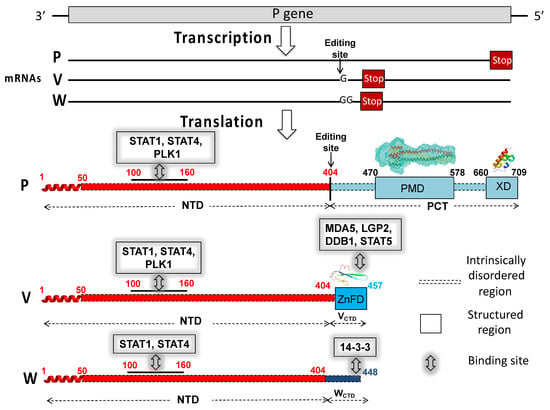
# **Proteins Might Contain an Undiscovered Code That Influences Their Position in Cells**
Proteins hold a vital position in nearly every biological function. It’s commonly recognized that a protein’s distinct amino acid sequence determines its folding into an active three-dimensional form—a notion often called the **protein folding code**. Nonetheless, recent studies conducted in the United States indicate that proteins may also have a **secondary code** that governs their placement within the cell. This newly suggested system may function as an **”address tag”**, directing proteins to specific cellular regions identified as **biomolecular condensates**.
## **Biomolecular Condensates: The Central Cell Structures**
Biomolecular condensates are unique, membrane-free compartments inside cells primarily composed of proteins, and sometimes RNA molecules. These **droplet-like entities** can dynamically form and disintegrate, impacting essential cellular activities. The dimensions of these condensates range from **hundreds of nanometers to several micrometers**, and they play a role in various biological events, including:
– **Response to stress**
– **Repairing DNA**
– **Regulating genes**
Certain **permanent cellular components**, like the **nucleolus** (the site responsible for ribosome formation), are now acknowledged as biomolecular condensates. Research has also connected **abnormalities in condensate formation with diseases**, such as **cancer and neurodegenerative conditions**.
Even with their significant roles, scholars have grappled with a key inquiry: **what causes certain proteins to preferentially localize to specific condensates while others do not?**
## **Codes Resting in the Protein Sequence**
A group of researchers, led by biologist **Richard Young** from the **Massachusetts Institute of Technology (MIT)**, proposed that an underlying **”concealed syntax”** in protein sequences might regulate this selective distribution. To explore this idea, they created a **machine-learning tool** named **ProtGPS**.
ProtGPS evaluated information on **5,480 human proteins** and their allocation among **12 various types of biomolecular condensates**. The tool identified particular **sequence motifs** that seemed to align with protein localization in certain condensates.
Young noted that while aspects like **charge** and **hydrophobicity** influence this behavior, the principles determining protein distribution **cannot be boiled down to a handful of physicochemical characteristics**. Instead, the **distribution code** seems to be a far more complex framework.
## **Experimental Confirmation of the Code**
To validate their conclusions, the researchers engineered **synthetic proteins** featuring certain sequence traits expected to direct them to the **nucleolus**. When these proteins were introduced into human cells, they indeed accumulated within this compartment, confirming that the **sequence-defined code accurately predicts protein positioning in condensates**.
Young proposes that these results might have **significant consequences in disease research**. Historically, scientists have concentrated on mutations impacting **active sites or protein configurations**. However, **mutations that impair condensate-targeting codes may also play a role in disease**. This revelation could open avenues for innovative strategies in **drug development**, as many mutations associated with diseases affect condensate activities.
## **A Fresh View on Protein Dynamics**
While not all experts participated in the research, some have expressed their thoughts on its importance. **Rohit Pappu**, a biophysicist at **Washington University in St. Louis**, recognizes that the findings will likely **prompt extensive discussion** and **lead to multiple testable theories**.
Pappu elaborates that a **protein’s solubility** in various cellular contexts could influence its behavior. The **”solvent”** present within biomolecular condensates is different from that in the surrounding cytoplasm or nucleoplasm, with **each condensate exhibiting its own unique characteristics**. The latest discoveries suggest that these characteristics may **interact with protein sequences** to guide localization.
Although this research signifies a **pivotal initial move**, Pappu stresses there is still **much to uncover** regarding protein-specific targeting within biomolecular condensates.
## **Possible Consequences for Healthcare and Drug Advancements**
This finding **transforms the way scientists regard protein function and disease processes**. If proteins contain an **intrinsic sequence code** that dictates their **cellular positioning**, then mutations that disrupt this code could lead to **various diseases**.
By comprehending **how proteins are drawn into condensates**, scientists could pinpoint **new treatment targets** and create medications that **modify protein localization**—potentially **addressing conditions associated with condensate malfunctions**.
## **Closing Thoughts**
Proteins have traditionally been recognized for adhering to a **folding code**, but this investigation introduces an added **concealed code** that governs the direction of proteins to their suitable **biomolecular condensates**.